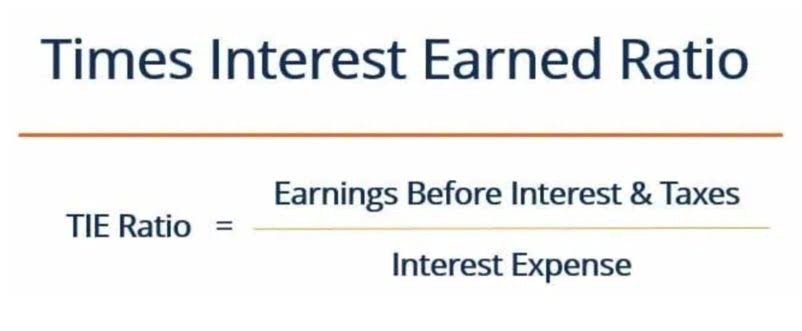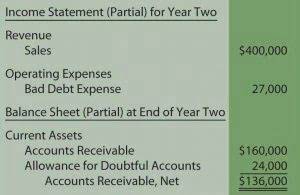
However, accurately calculating overhead rates involves breaking down costs and choosing the right allocation base. These overhead costs involve the manufacturing of a product such as facility utilities, facility maintenance, equipment, supplies, and labor costs. Whereas, the activity base used for the predetermined overhead rate calculation is usually machine hours, direct labor hours, or direct labor costs.
- Once you’re comfortable calculating and applying your predetermined overhead rate, the next step is finding ways to slash indirect costs to improve it.
- Once you’ve identified and calculated your total indirect expenses, it’s time to choose an overhead allocation method so you can properly contextualize the results and make the right strategic decisions.
- The formula for a predetermined overhead rate is expressed as a ratio of the estimated amount of manufacturing overhead to be incurred in a period to the estimated activity base for the period.
- The concept is much easier to understand with an example of predetermined overhead rate.
- This consolidates overhead cost information from multiple sources, including payroll, point-of-sale, billing and more.
- This simple formula is the key to unlocking the insights that will help you take control of your indirect costs and ensuring every dollar spent provides maximum value and return on investment (ROI).
Catalog Management in Procurement: What Is It, Types of Catalogs, Challenges and Best Practices To Manage Them
- Let’s say we want to calculate the overhead cost of a homemade candle eCommerce business.
- This means that for every dollar of direct labor costs, the business will incur $0.20 in overhead costs.
- It’s a simple step where budgeted/estimated cost is divided with the level of activity calculated in the third stage.
- Direct costs are costs directly tied to a product or service that a company produces.
- If the actual overhead at the end of the accounting period is 1,575 the overhead is said to be under applied by 75 (1,500 – 1,575) as shown in the table below.
- The agency knows from its predetermined overhead rate that it will incur $200 in overhead costs for the project.
- If a job in work in process has recorded actual machine hours of 140 for the accounting period then the predetermined overhead applied to the job is calculated as follows.
This team of experts helps Finance Strategists maintain the highest level of accuracy and professionalism possible. At Finance Strategists, we partner with financial experts to ensure the accuracy of our financial content. For information pertaining to the registration status of 11 Financial, please contact the state securities regulators for those states in which 11 Financial maintains a registration filing.

A Simple Calculation with Big Impact on Business Success
During that same month, the company logs 30,000 machine hours to produce their goods. Overhead expenses are generally fixed costs, meaning they’re incurred whether or not a factory produces a single item or a retail store sells a single product. Fixed costs would https://www.bookstime.com/ include building or office space rent, utilities, insurance, supplies, and maintenance and repair. Unless a cost can be directly attributable to a specific revenue-generating product or service, it will be classified as overhead, or as an indirect expense.

Overhead Expense Analysis for Cost Reduction
For example, let’s say the marketing agency quotes a client $1,000 for a project that will take 10 hours of work. The agency knows from its predetermined overhead rate that it will incur $200 in overhead costs for the project. These costs cannot be easily traced back to specific products or services and are typically fixed in nature.
Would you prefer to work with a financial professional remotely or in-person?
The predetermined overhead rate is used to price new products and to calculate variances in overhead costs. Direct costs are expenses traced to specific products like raw materials or direct labor. A predetermined overhead rate is calculated before the start of an accounting period. Depending on the size of the business the predetermined overhead rate might be calculated for the whole business or, for a larger business, separate rates might be calculated for each department using a suitable basis. By understanding how to calculate this rate, business owners can better control their overhead costs and make more informed pricing decisions.

Examples of Predetermined Overhead Rate
Indirect costs are those that cannot be easily traced back to a specific product or service. For example, the office rent mentioned earlier can’t be directly linked to any one good or service produced by the business. Hence, you can apply this predetermined overhead rate of 66.47 to the pricing of the new product X. Therefore, this predetermined overhead rate of 250 is used in the pricing of the new product. The movie industry uses job order costing, and studios need to allocate overhead to each movie. Their amount of allocated overhead is not publicly known because while publications share how much money a movie has produced in ticket sales, it is rare that the actual expenses are released to the public.
How to calculate the predetermined overhead rate: Example 3
A predetermined overhead rate is an estimated amount of overhead costs that will be incurred during a set period of time. If the predetermined overhead rate calculated is nowhere close to being accurate, the decisions based on this rate will definitely be inaccurate, too. That is, if the predetermined overhead rate turns out to be inaccurate and the sales and production decisions are made based on this rate, then the decisions will be faulty. When there is a big difference between the actual and estimated overheads, unexpected expenses will definitely be incurred.

Setting overhead budgets and benchmarks for each department also helps control spending. If costs rise above predetermined limits, action can predetermined overhead rate formula be taken to reduce expenses. Enforcing company-wide cost-saving policies around printing, travel, etc. further helps minimize overhead.
Leveraging Accounting Software for Overhead Management
To calculate the predetermined overhead rate, the marketing agency will need to add up all of its estimated overhead costs for the upcoming year. The overhead rate has limitations when applying it to companies that have few overhead costs or when their costs are mostly tied to production. Also, it’s important to compare the overhead rate to companies within the same industry. A large company with a corporate office, a benefits department, and a human resources division will have a higher overhead rate than a company that’s far smaller and with fewer indirect costs. The overhead rate is a cost allocated to the production of a product or service. Overhead costs are expenses that are not directly tied to production such as the cost of the corporate office.


